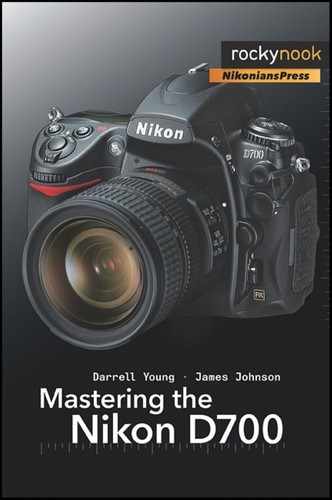The D700 camera, with its imaging sensor and glass lenses, is only a weak imitation of our marvelously designed eye and brain functions. There are very few situations where our eyes cannot adjust to the available light range, and we can see well in most cases. So, as photographers, we are always seeking ways to record even a small portion of what the eye and mind can see.
Since our eyes tend to know that shadows are black, and expects that, it is usually better to expose for the highlights. If you see dark shadows, that seems normal. We’re simply not used to seeing light that’s so bright that all detail is lost. An image exposed for the dark values will look strange because most highlight detail will be burned out.
Your eye can see a range of light in comparison to your digital sensor. The only time you will ever see light values that are so bright that detail is lost is when you are looking directly at an overwhelmingly bright light, like the sun. So, in a worst case scenario, expose the image so that the right side of the histogram graph just touches the right side of the histogram window and the image will look closer to what our eye expects.
Since photography’s beginning, we have always fought with being able to record only a limited range of light. But, with the digital camera and its histogram, we can now see a visual representation of the light values and can immediately approve of the image, reshoot it with emphasis on lighter or darker values, or see that we must use a filter or multiple-exposure high dynamic range (HDR) imaging to capture it at all.
